Minor Burns In Children
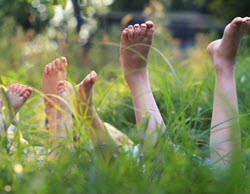
First Aid Treatment For Minor Burns In Children
As Autumn approaches and the weather cools off we will come together as family sharing special time focusing on things that bring warmth into our lives, home cooked meals, bonfires, and candle lit evenings enjoying a movie or a story or two.
While all of these activities are heart warming they all include some risk for minor burns for us and our little ones.
Treating Burns In Children
In the most simple terms, a burn is a wound or abrasion (or booboo if you prefer kid friendly terminology) resulting from contact with high temperature or open flame. In truth burns can be caused by many things, not just heat or fire. The Sun, steam, friction, and chemicals are a few other ways a person can obtain an injury which produces a burn. Burns can be rated in three categories:
- First-Degree – This type of burn is a very light burn only damaging the outer layer of skin or epidermis. They are painful and cause a slight red marking on the skin which will turn white if the skin is pressed upon. Many times peeling in just a few days producing newly healed skin.
- Second-Degree – Frequently classified as a partial thickness burn, this grade of burn is extremely painful resulting in blisters or a red splotchy wound which is usually swollen. A second degree burn does damage to not only the epidermis the outer layer of skin, but also injures the lower layer known as the dermis.
- Third-Degree – The damage that is done by a third-degree burn is devastating to the body. Not only does is cause damage to both layers of skin, but reaches into the deep tissue beneath the epidermis and dermis. The end product is skin which is charred appearing white or blackened, and many times numb from the damage which ravaged the nerve endings.
Hopefully your family can steer clear of burns, but if your child does come into contact with a hot pan in the kitchen while you are whipping up some hot cocoa to sip by the fireplace, here are some helpful tips to ease the pain and promote healing.
To help reduce pain, lower the temperature. Administer a cool, clean washcloth or cold compress. Eliminate jewelry and other tight accessories or clothing from affected area. It is important to accomplish this before the injury begins to swell, remember to be efficient and gentle.
Never pop a blister. Our body has its own natural healing process and blisters are part of this, popping them can actually impede our skin from repairing itself. If the blister pops naturally clean the wound washing with water and a gentle soap.
Additionally coating it with a thin layer of antibiotic ointment before applying nonstick bandages can help the area to heal more efficiently.
Topical Items For Burns
Utilize aloe, burn gels, or moisturizers. There are many products made specifically to reduce the pain caused by burns. Check out your local pharmacy and their first aid section.
When necessary incorporate OTC pain reducers. Ibuprofen and Acetaminophen can help reduce the amount of pain caused by minor burns.
Remember that informing your doctor of your injuries is important, and following up with him or her to be sure that it is healing properly can be beneficial.
Pediatric Family Medical Clinic – Whitefish, MT
Think you might need more than simple at-home treatment for your child’s burn? Come see us at the Whitefish Family Doctor Clinic, on North Rock Rd in Whitefish, MT.
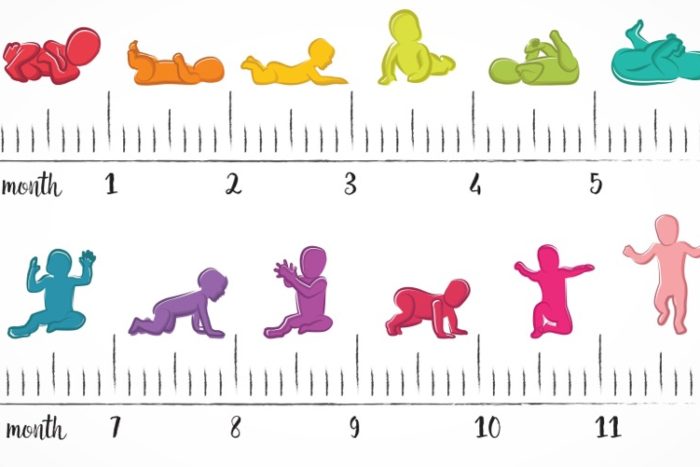
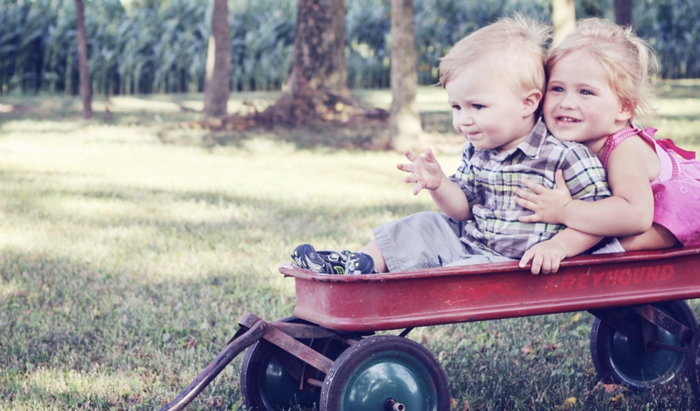
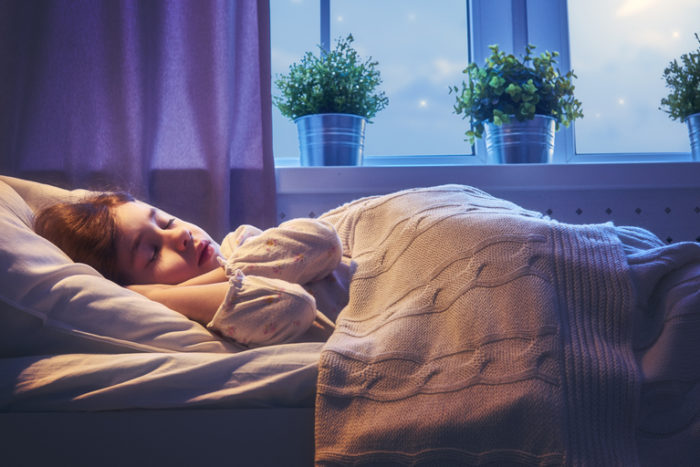
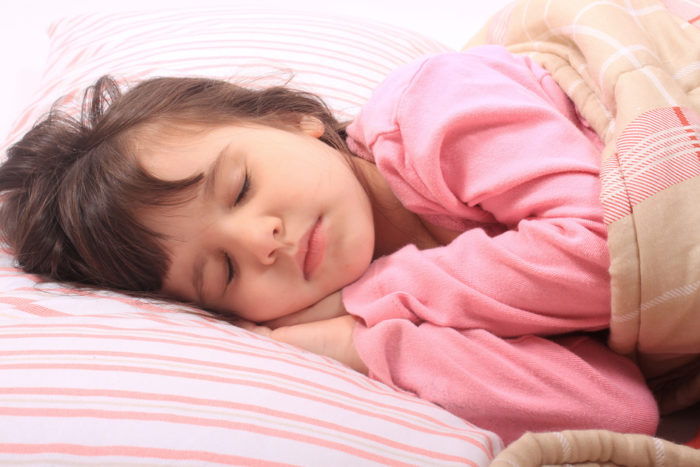
Leave a Comment